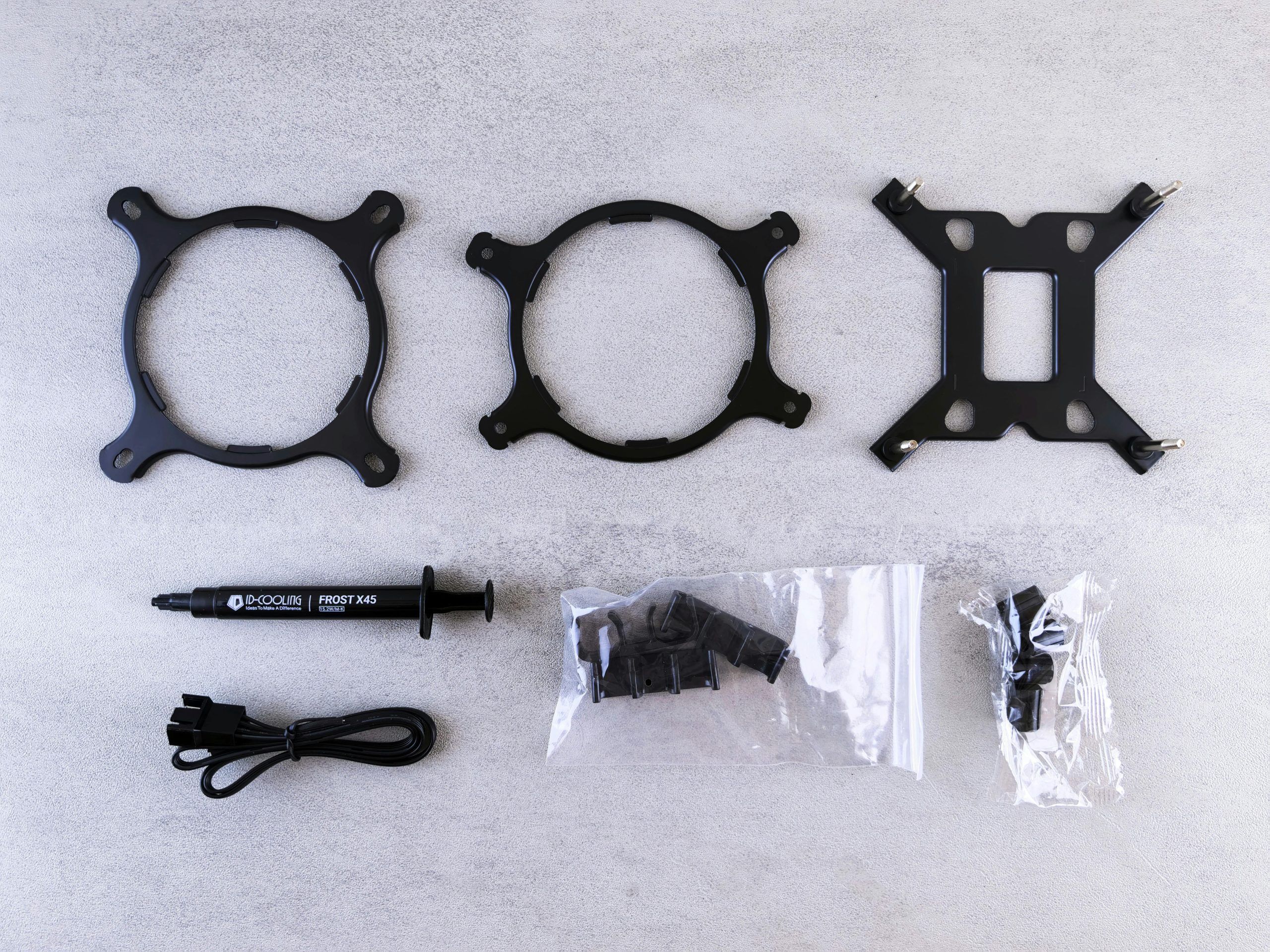Title: Guidance on Managing Thermal Paste with Pre-Built AIO Coolers for First-Time PC Builders
Building your first custom PC can be an exciting yet daunting experience, especially when it comes to selecting and installing cooling solutions. One common question among novice builders is whether to remove the pre-applied thermal paste that comes with a factory-installed AIO (All-In-One) liquid cooler, or to replace it with a different thermal compound.
In this article, we will explore best practices for handling thermal paste with pre-installed AIO coolers, specifically in the context of upgrading or customizing your cooling setup.
Understanding Thermal Paste in AIO Coolers
Most modern AIO water coolers, such as the Tryx Panorama 360, arrive with pre-applied thermal paste on the cold plate. This paste facilitates heat transfer between the CPU and the cooler’s cold plate. Manufacturers typically apply an adequate amount of thermal compound optimized for performance and ease of installation.
Should You Remove the Pre-Applied Thermal Paste?
1. Can you safely remove the factory-applied thermal paste?
Yes, it is generally safe and common practice to remove the pre-applied thermal paste if you plan to replace it. The removal process involves gently cleaning the cold plate and CPU surface with isopropyl alcohol (preferably 90% or higher) and a lint-free cloth or coffee filter to ensure a clean, residue-free surface.
2. Is it advisable to replace the thermal paste with a higher-quality thermal compound?
Many enthusiasts choose to do so, especially if they have an aftermarket thermal paste like Noctua NT-H2, which is known for its excellent thermal conductivity. Applying a high-quality thermal compound can potentially improve heat transfer, leading to slightly better temperatures.
3. Should you leave the pre-applied thermal paste in place and add more?
Applying additional thermal paste on top of the pre-existing layer is generally not recommended. Excess paste can hinder heat transfer, as too much thermal compound acts as an insulator. The key is to apply a small, even amount of fresh thermal paste after removing the old to ensure optimal contact.
Best Practices for Installing a Cooler with Your Chosen Thermal Paste
- Cleaning: Carefully remove the existing thermal paste from both the CPU and the cold plate. Use isopropyl alcohol and lint-free cloths.
- Applying New Thermal Paste: Place a pea-sized amount of your preferred thermal compound (e.g., No
Share this content:



